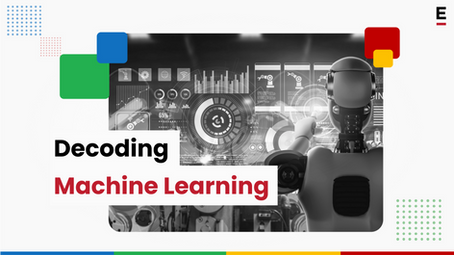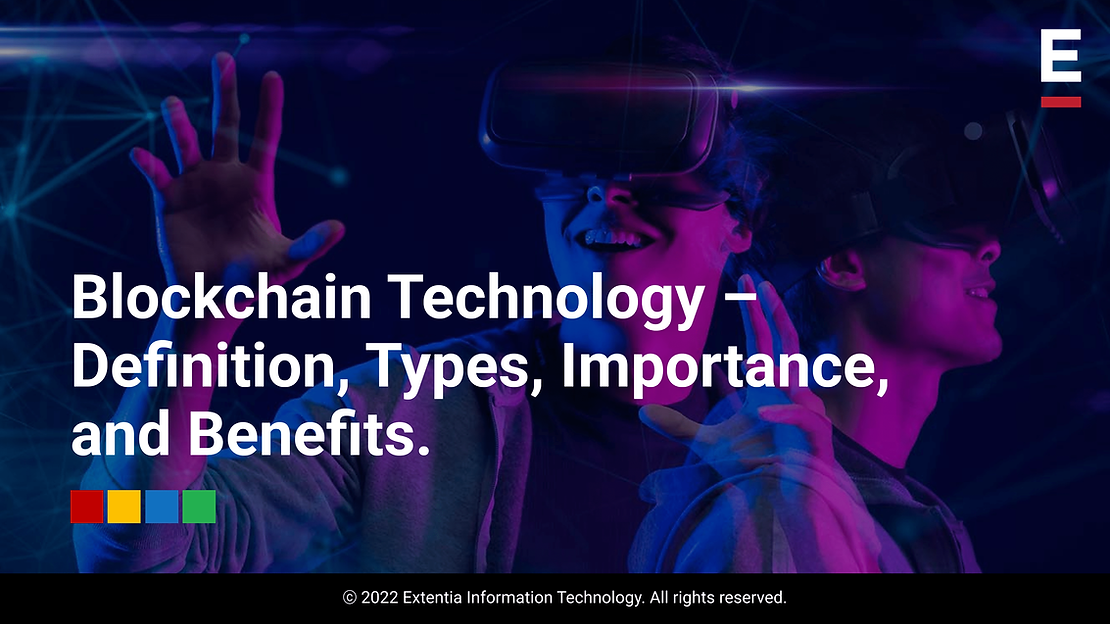If you do a quick Google search on “An introduction to Machine Learning,” you’d immediately feel overwhelmed by the crash courses and masterclasses. Thankfully, this blog isn’t one of them. But here’s the thing: Machine Learning isn’t just a trendy buzzword. It’s a rapidly-evolving field already embedded in your lives – from recommendations on your Netflix feed to Google Assistant reacting to your voice commands.
This blog seeks to delve into the fundamentals of Machine Learning, examining its definition and relevance and demystifying the misconceptions.
The Fundamentals of Machine Learning
Hear it from the Adjunct Professor at Stanford and the co-founder of an EdTech conglomerate whose courses have driven curiosity amongst young innovators. Andrew Ng from Coursera says, “Machine Learning is the science of getting computers to act without being explicitly programmed, and it’s the electricity of the 21st century!” This analogy effectively conveys the essence of the fundamental transformation that Machine Learning represents. As we stand at the precipice of Industrial Revolution 4.0, we’re poised to witness the transformative impact of this innovation.
Machine Learning – at its core – is a form of data analysis that streamlines analytical model creation. Through Machine Learning, computers can improve their performance on a specific task by continuously learning from data inputs without being explicitly programmed. Machine Learning algorithms leverage statistical techniques to enable computers to “learn” from the input data, identify patterns, and make predictions with minimal human intervention.
To get a better grasp of Machine Learning, it’s crucial to understand its essential building blocks. First, there’s data – the core necessity for Machine Learning. It can come in various forms, such as text, images, or sensor readings. Second, we have algorithms – the mathematical recipes that teach machines how to learn from data. These algorithms are applied to create models, which are then used to make predictions. In essence, combining data, algorithms, and models forms the backbone of Machine Learning systems, allowing them to learn, adapt, and gradually improve.
Machine Learning vs. Deep Learning vs. Neural Networks
Let’s take a moment to clarify some common misconceptions regarding these buzzworthy terms that are often used interchangeably or conflated. However, it’s important to distinguish between Machine Learning, Deep Learning, and Neural Networks as these interlinked concepts – while sharing similarities – possess varying degrees of applicability:
As explored earlier, Machine Learning is a subset of Artificial Intelligence revolving around creating complex algorithms that can extract insights and make predictions by learning from provided data. This vast domain encompasses many techniques, with Deep Learning being one of its prominent constituents.
Deep Learning, an advanced and specialized offshoot of Machine Learning, stands out for its ability to devise complex algorithms capable of processing heterogeneous volumes of data in a hierarchical order. This grants the capacity to tackle tasks necessitating pattern recognition, language processing, and decision-making.
Neural Networks are at the heart of Deep Learning, the computational models that mirror the human brain’s structure. Each neuron collaborates with its counterparts to generate the desired output – ranging from shallow, with a few layers, to deep, with multi-layers, giving rise to the evocative term “Deep Learning.”
Learning the Significance of Machine Learning
Do you know what’s truly fascinating? The manner in which Machine Learning, Deep Learning, and Neural Networks are disrupting our world. They’re streamlining processes, enhancing efficiency, and unlocking possibilities we never dreamed of! If we talk about healthcare, Machine Learning algorithms predict patient outcomes and create personalized treatment plans. Or finance, where we’re spotting fraud, assessing credit risks, and aiming to reach a whopping $1 trillion by 2030. Even manufacturing is impacted by a labor productivity boost of 25%.
But what’s even more exciting is how Machine Learning gives us a more personalized and enjoyable experience. Don’t you love how Netflix knows what you want to watch? That’s Machine Learning at work! It is also helping us tackle daunting global challenges like climate change and disease outbreaks. Machine Learning is helping us develop solutions by crunching massive datasets and finding patterns. And as we distinguish these enthralling concepts, we unveil their possibilities, defining the landscape of technology and human potential.
Machine Learning – Not Just a Buzzword
It is a catalyst of innovation in all industries worldwide! Whether in healthcare, finance, transportation, or beyond, the potential for Machine Learning to create value and drive innovation is immense. While the concept of Machine Learning has been around since the 1940s, it’s only in recent years that we’ve witnessed significant advancements, thanks to the increasing availability of data and powerful computational resources. Through our next blog, we will explore just that! Stay tuned!




